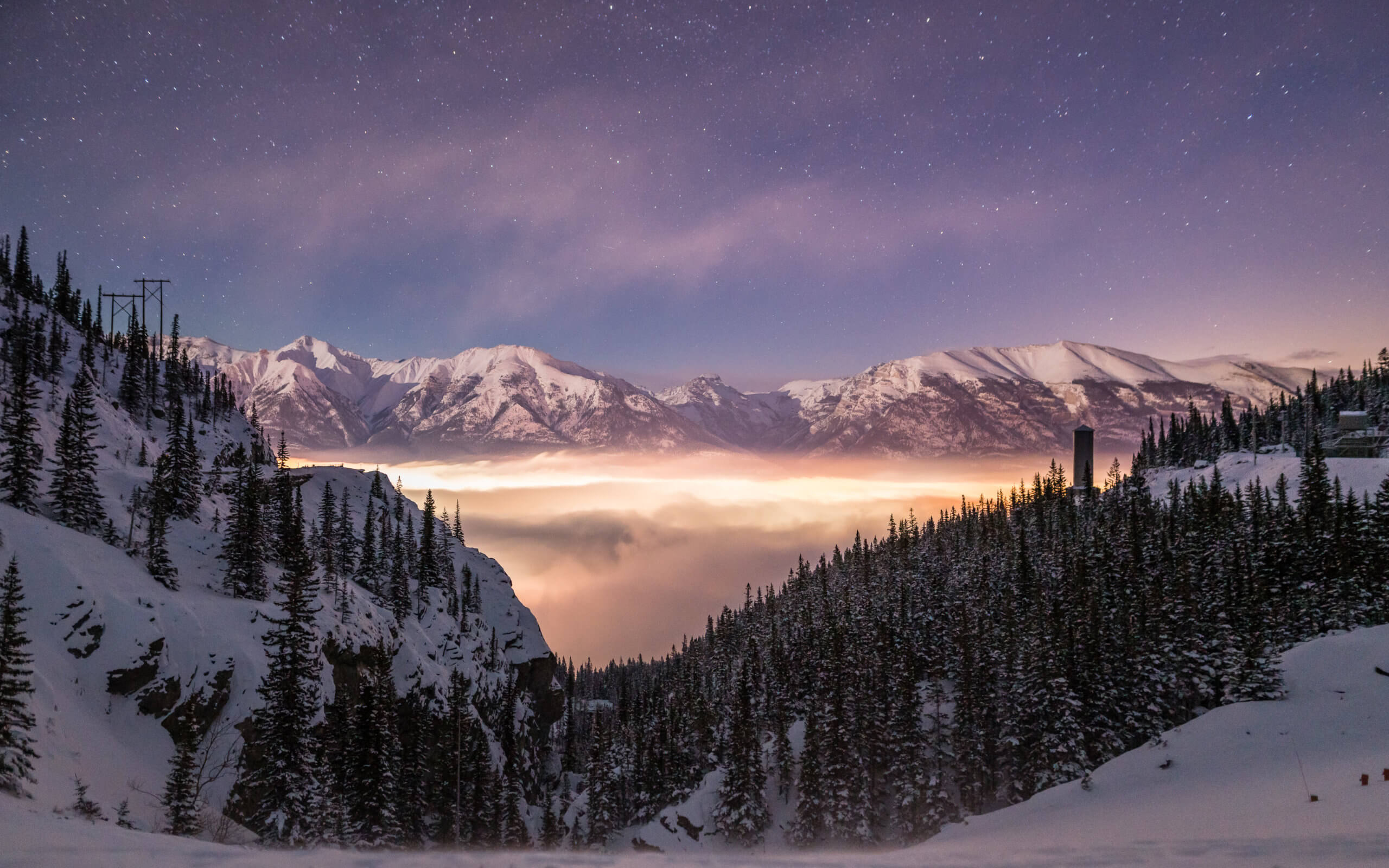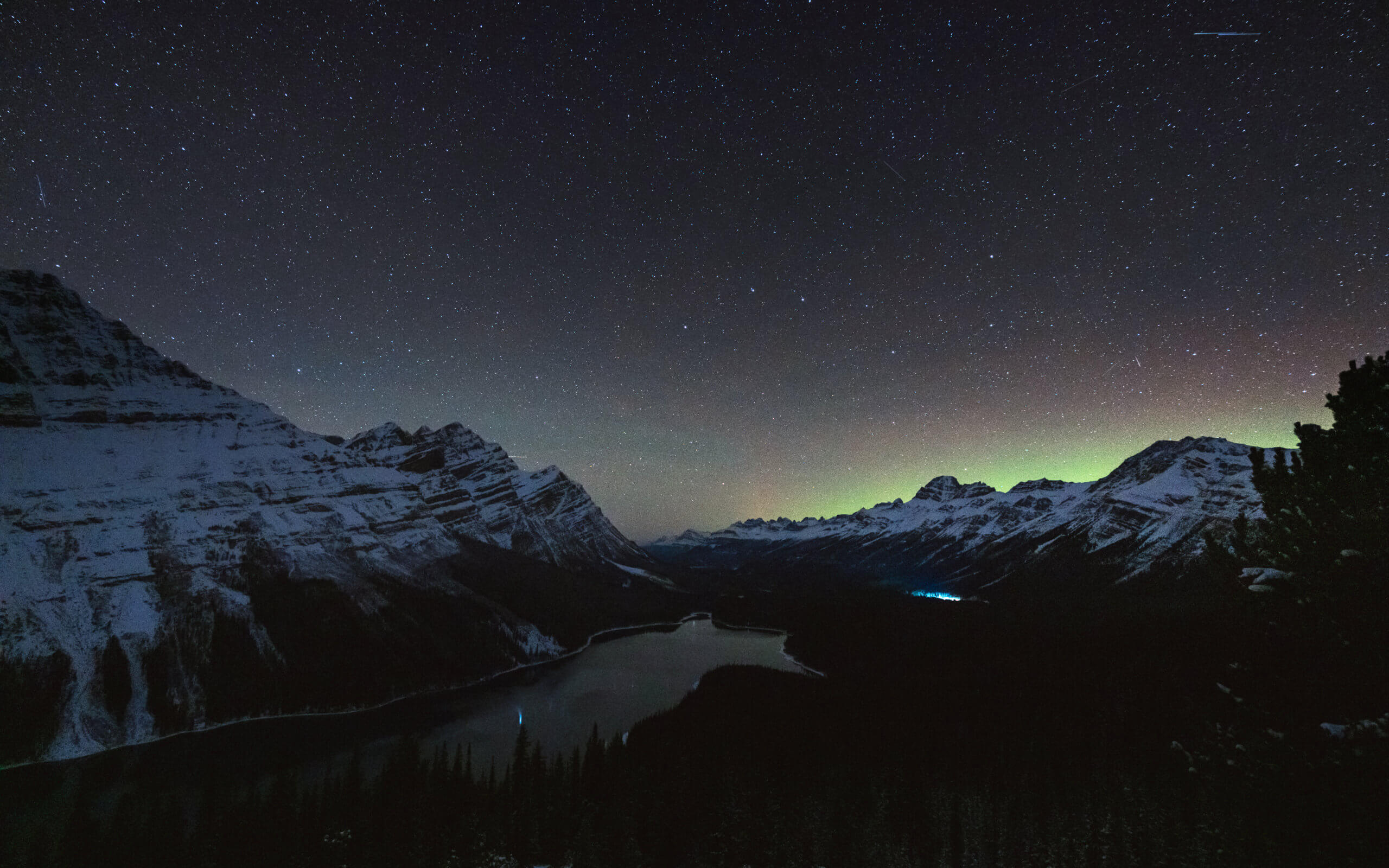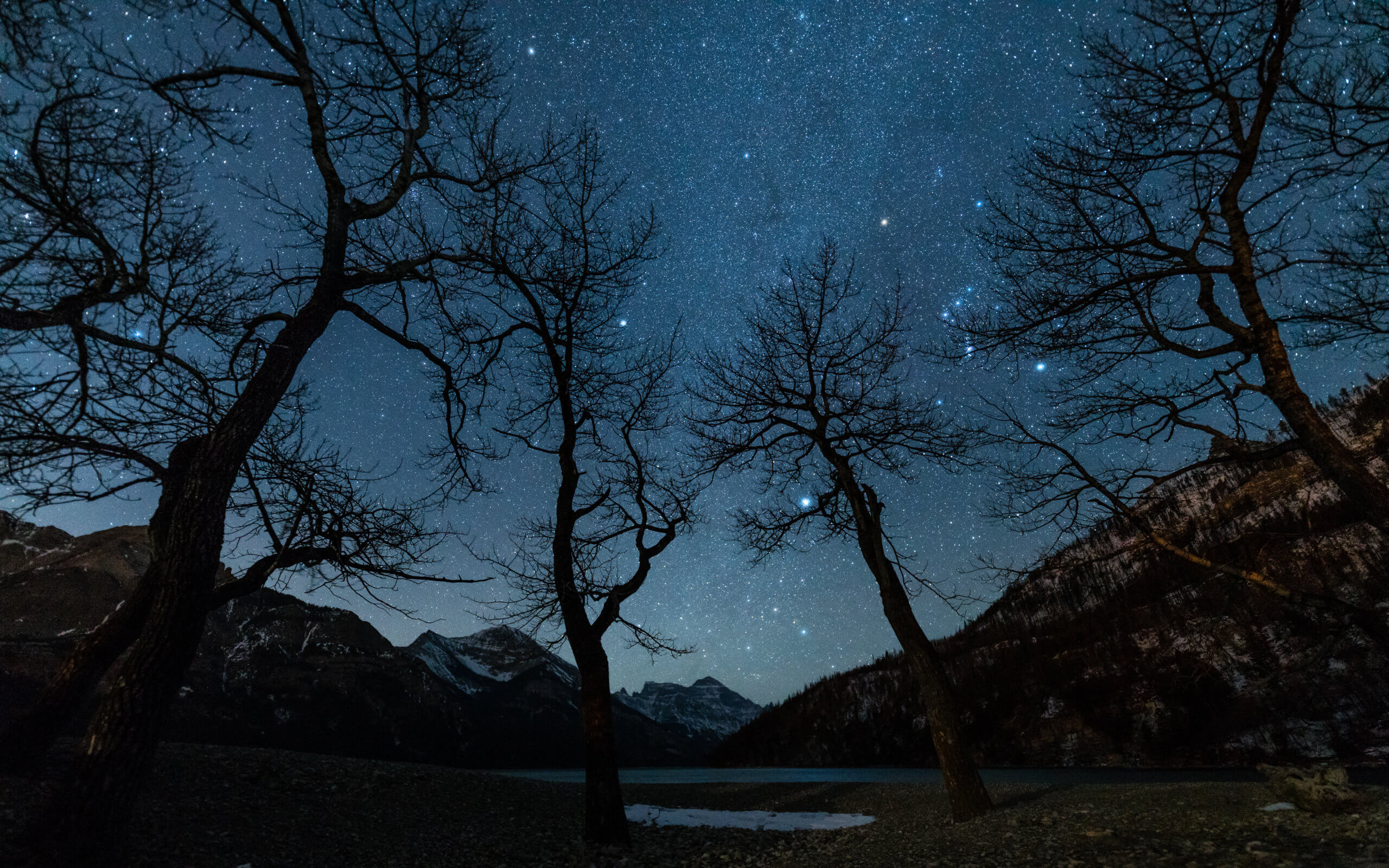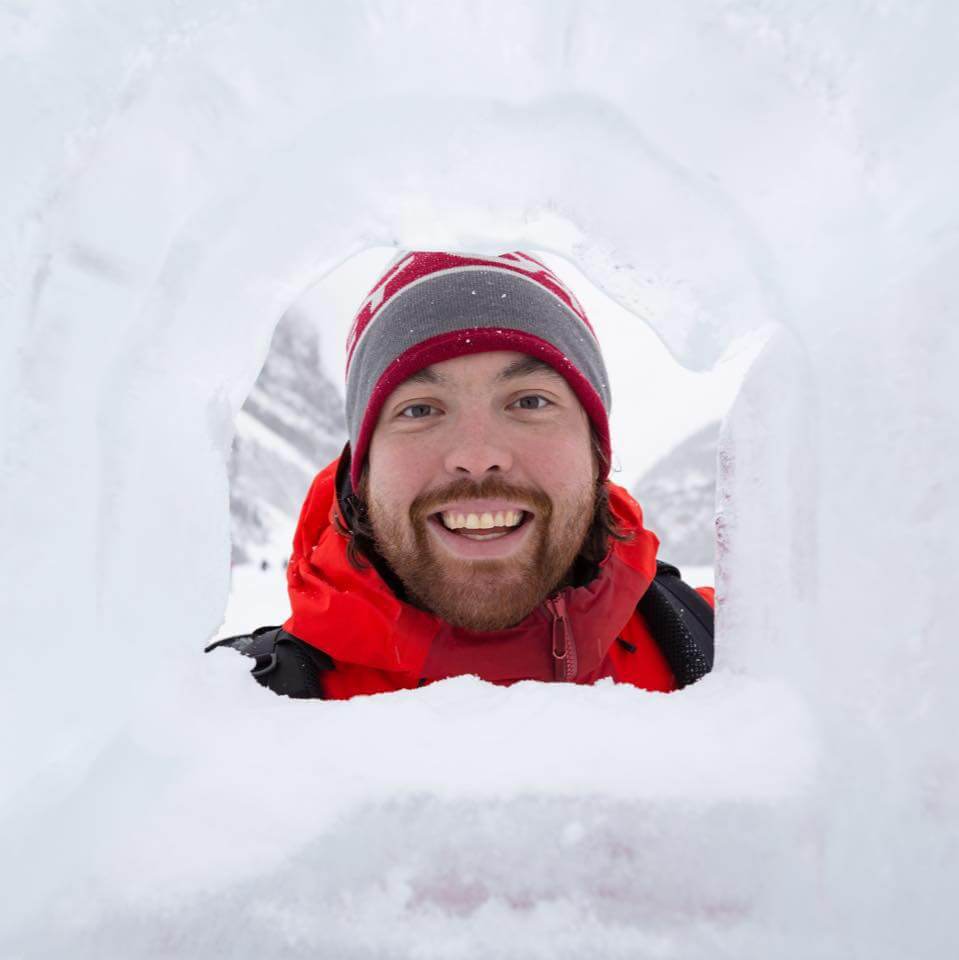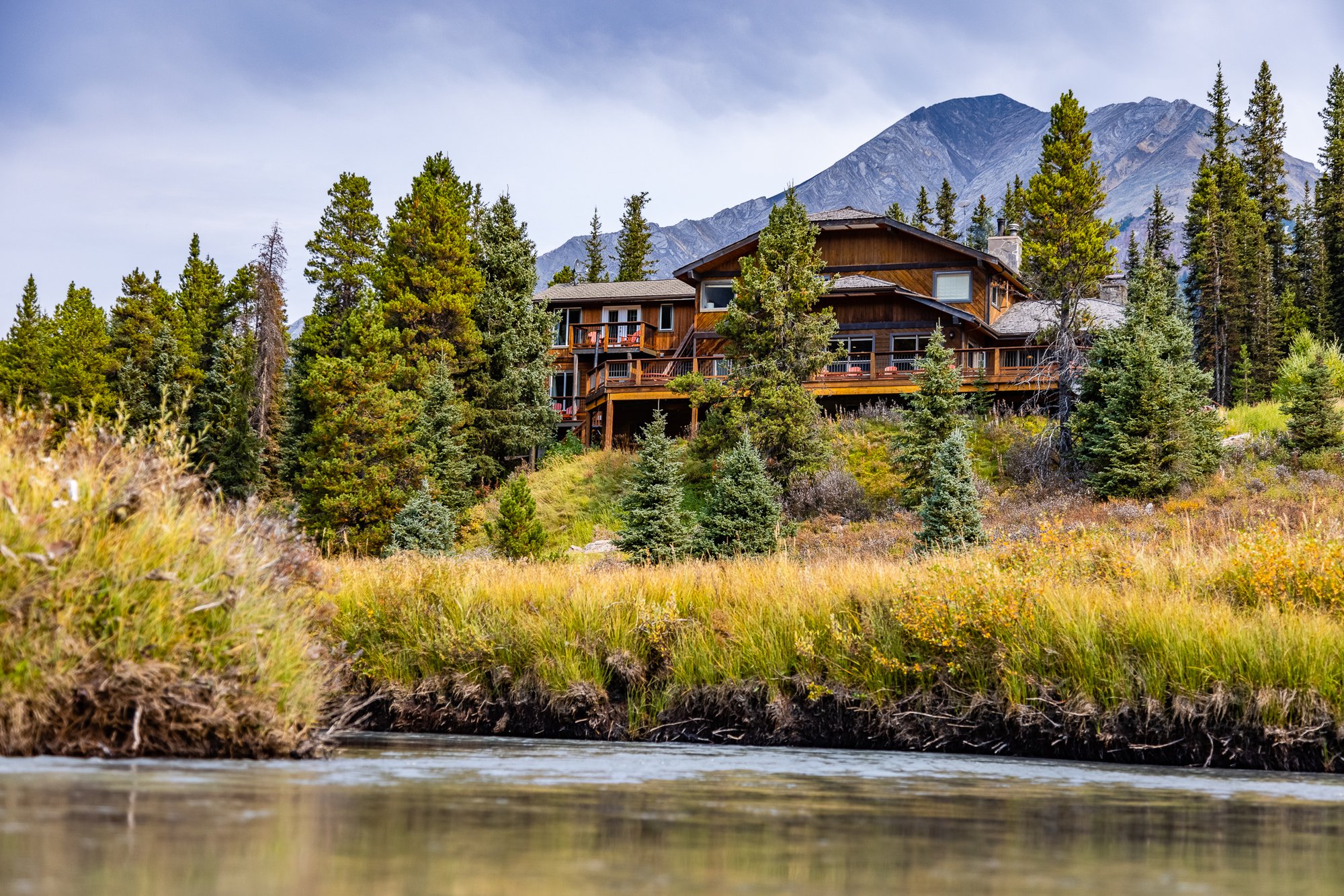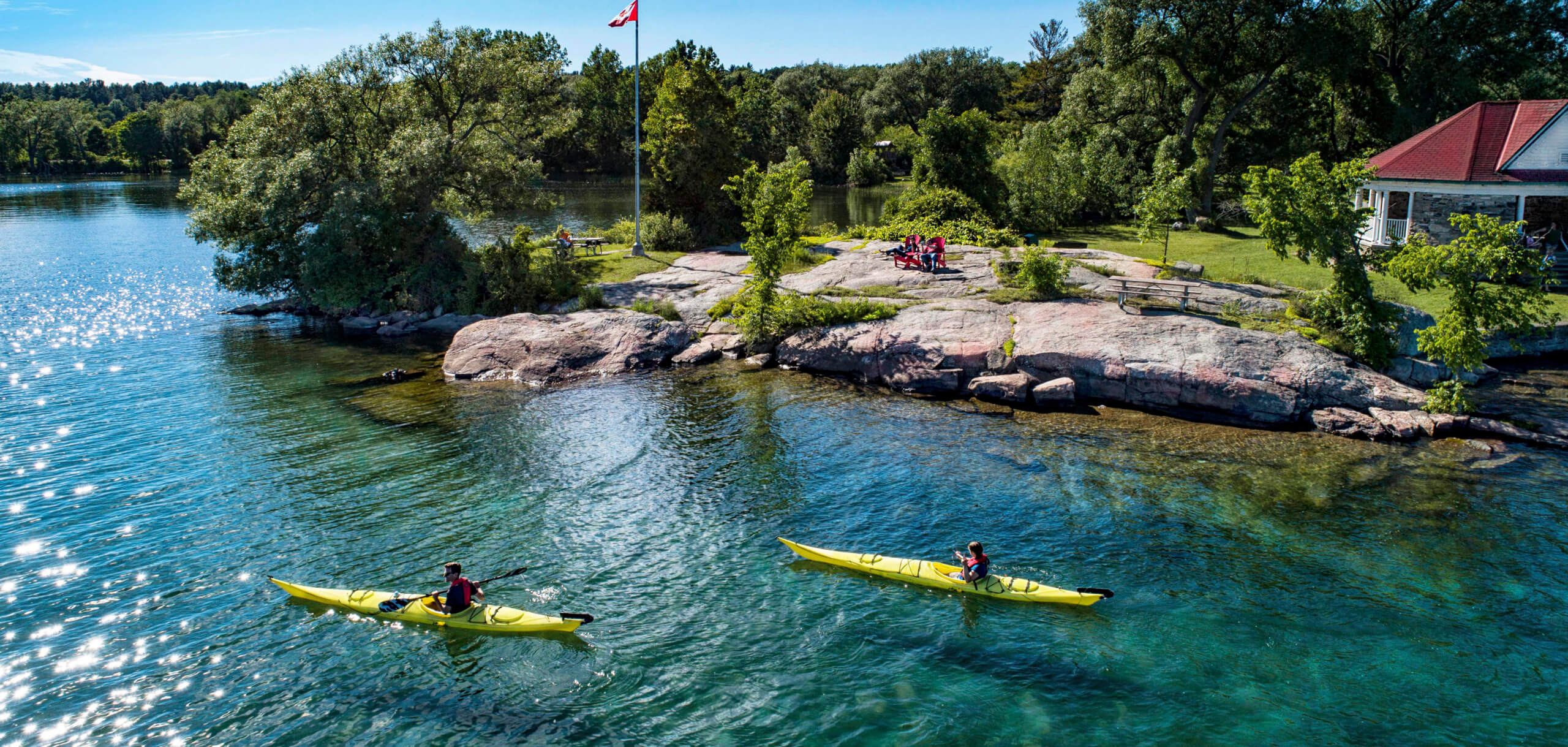Capturing Canada With Photographer Jeff Bartlett
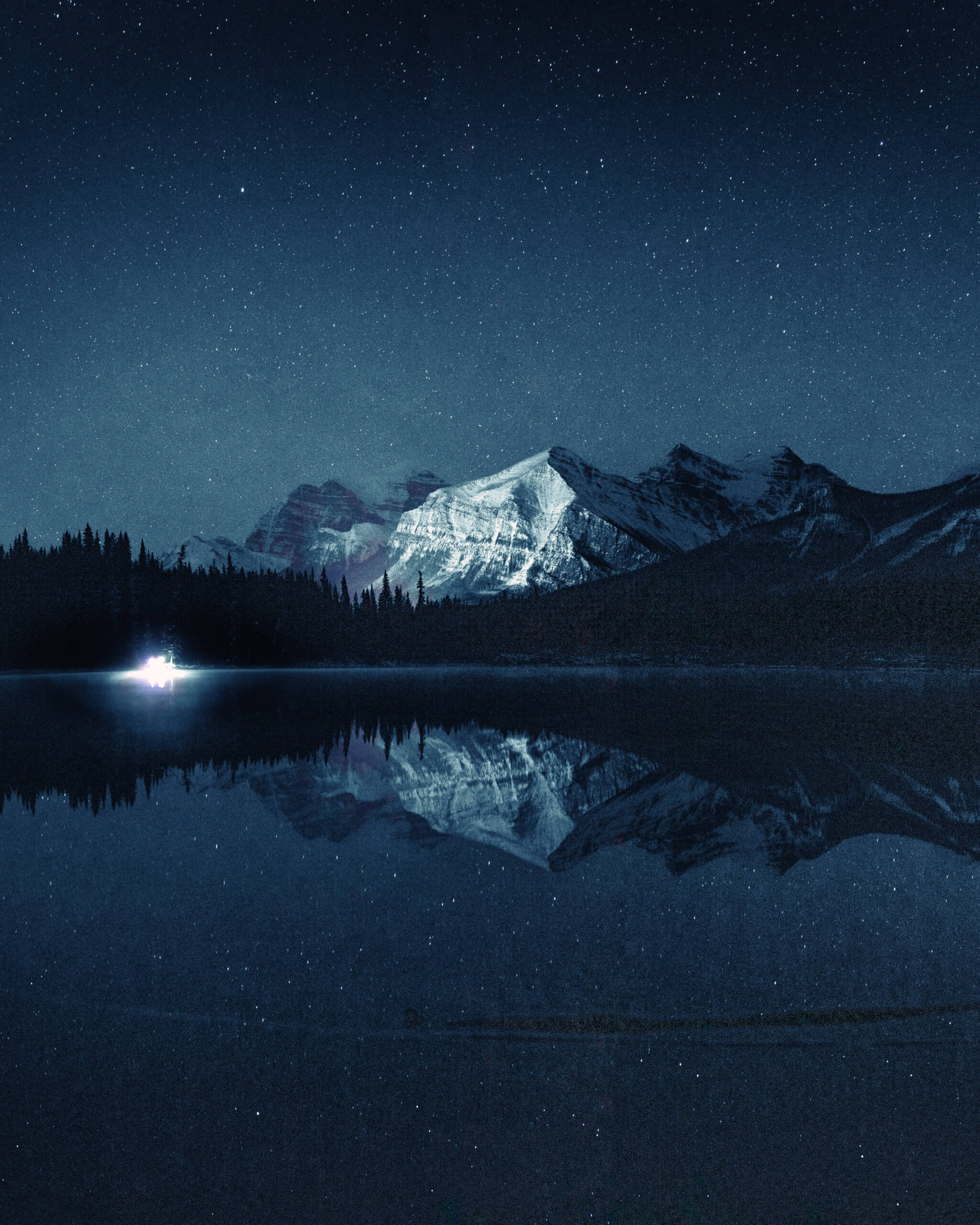 It was the dead of winter when Jeff Bartlett and fellow photographer Jack Fusco embarked on an 18-day road trip to photograph every dark sky preserve in Alberta. It was a formidable undertaking as Alberta’s dark sky preserves just happen to be spread out across the province, from the southern border with Montana up to the northern border with the Northwest Territories. Starting in Jasper, they did a counter-clockwise tour of the province. By the end of it, the duo had logged 10,000 kilometres, making for one unforgettable — albeit chilly — journey.
It was the dead of winter when Jeff Bartlett and fellow photographer Jack Fusco embarked on an 18-day road trip to photograph every dark sky preserve in Alberta. It was a formidable undertaking as Alberta’s dark sky preserves just happen to be spread out across the province, from the southern border with Montana up to the northern border with the Northwest Territories. Starting in Jasper, they did a counter-clockwise tour of the province. By the end of it, the duo had logged 10,000 kilometres, making for one unforgettable — albeit chilly — journey.
“That was an exceptionally cold trip,” Jeff says with a laugh.
His favourite memory from the adventure is when they drove to Wood Buffalo National Park, which straddles the border between Alberta and the Northwest Territories, and carries the distinction of being the world’s largest dark sky preserve — covering an area about the same size as Switzerland.
“To get there is quite the journey because you travel on winter ice roads from Fort McMurray headed north to Fort Chipewyan and then into the National Park, so the sense of isolation is incredible,” he says. And if that wasn’t enough, while there, they learned that they were the only two people in the entire park.
“We were standing in a dark sky preserve the size of a European country and we were the only two people there that night,” he remembers. “It was incredible.” Though they had to contend with -40 degree temperatures the entire time they were at the park, Jeff says they were rewarded with the best display of Northern Lights he had ever seen (and he’s seen many).
“Growing up in a northern community I was quite fortunate to see the Northern Lights a lot so maybe I took them for granted a little bit,” he says. “But as an adult, I’ve come to understand just how rare they are and how beautiful they are to photograph.”
In his decade-long career as an adventure photographer, the Alberta native has seen his fair share of incredible landscapes. He’s stood on the edge of cliffs on the Faroe Islands, photographed the water-filled crater lake of Quilotoa in the Ecuadorian Andes and explored Italy’s Dolomites. But what draws his attention again and again is the Canadian mountains — a landscape that defines so much of his body of work. An adventurer at heart, Jeff has crafted a career in filming, photographing and writing about dramatic landscapes and the adventures one finds among them. His stories are as compelling as his photographs.
It was his photographs of dark skies that drew me to his work, set as they were against the stark silhouettes of Western Canada’s mountains, lakes and forests.
In addition to his other work, Jeff also creates and teaches workshops to budding photographers, including dark-sky-photography workshops in Jasper National Park. He remembers looking for workshops when he was first starting out in his career and finding them prohibitively expensive, so his goal was to create workshops at a price point that more people could access.
“I’ve learned that teaching is a really fun way to appreciate the locations that I photograph frequently,” he said. “If I know there’s going to be a beautiful sunrise, I might not head out to my favourite sunrise spot because I’ve already been there a dozen times. But when I take a group there that’s never photographed it before, I get a renewed sense of appreciation for it. I see their enthusiasm and that reminds me of the first time I went there.”
Jeff didn’t set out to be an adventure photographer, but it is the path he ended up in and he couldn’t be happier.
“I always wanted to be a travel writer and then I discovered that travel writers spend a lot of time behind a desk and not in the field, so photography kind of replaced that dream because with photography, you actually have to be there.”
As I sit at my computer looking through some of Jeff’s amazing pictures from his travels, I can’t help but think he’s got a good point.
But while his work is incredible, it is his dedication to his craft that has made Jeff so successful in his career.
Case in point: on their way home from that 18-day road trip across Alberta, the photographers fought off exhaustion to do one more trip to Jasper, where they had had poor luck at the very beginning of the trip.
“We drove into the park completely exhausted, having already agreed that we’d just shoot one location and then go to bed,” Jeff said. “We drove in and it was one of those nights when there was ten times more stars than you’d ever seen before and the air was so clear because a snow storm had gone through the day before. There was just so much clarity, the stars were incredible. We didn’t even really talk about the plan. We just went from one location, to the next location, to the next location and while we were shooting, we never once said, ‘oh, we should go to sleep,’ it was only, ‘oh, where should we go next?”
When I first spoke to Jeff at the beginning of 2022, he was in the midst of packing to move. After 11 years in the Rockies, he was relocating to the Comox Valley on Vancouver Island. We can’t wait to see what adventures he captures next. To see more of Jeff’s incredible work or to book one of his new Pacific Rim and Tofino workshops, visit his website.
*This post was originally published in January 2022 and updated in February 2023.

